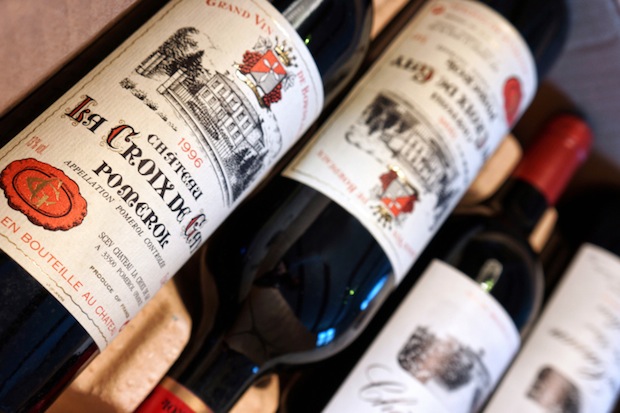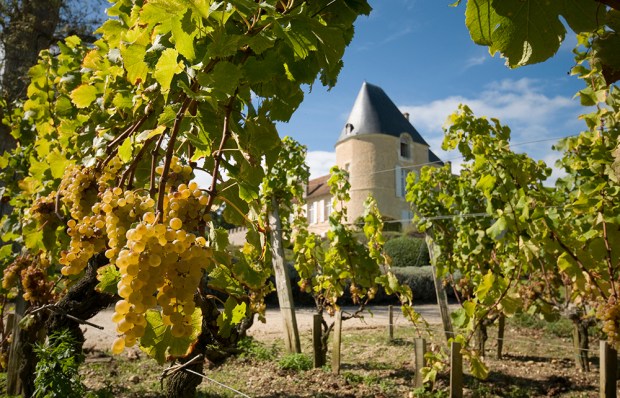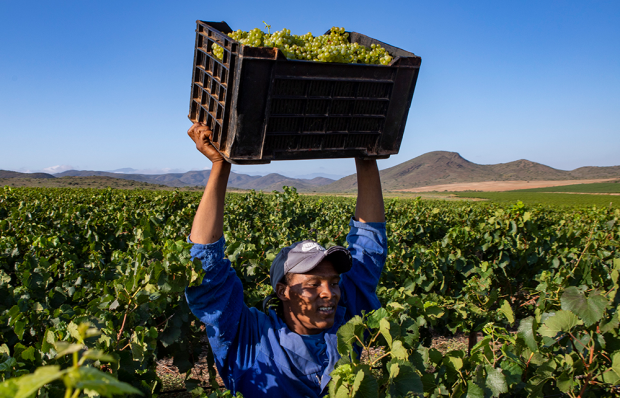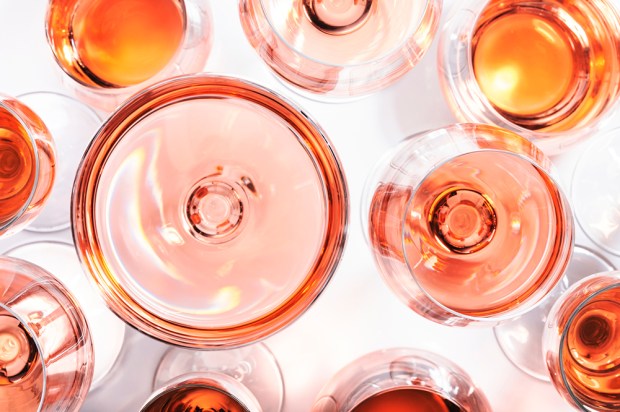The en primeur tastings have been taking place in Bordeaux, and the mood has oscillated from despair to defiance. It is like Boxer’s trip to the knackers’ in Animal Farm: one would need a heart of stone not to laugh. The greediest winemakers in the world had a terrible 2013, and there was a degree of hostility towards the British press, some of whom were accused of gloating. Surely not. The house of Pontet-Canet was said to be especially thin-skinned. Thirty years ago, it was a modest little fifth growth; I remember using it as a table wine in a Washington hotel. Now, it has soared in reputation and in self-esteem. We are used to super seconds. Pontet-Canet regards itself as a super fifth. That is unlikely to be true of its 2013s.
The Bordelaise have clearly done something to annoy Neptune. Last year, he reminded them that their city is on the Atlantic, with the worst climatic atrocity in living Bordeaux memory (surprising that no one is blaming global warming). It included 230 days with rainfall: almost twice the average. The weather never settled. There were occasional bouts of sunshine to raise hopes of ripening. Then the storms would restart. It was the lowest harvest yield since 1991, and could have been even worse.
To be fair to the Bordelaise — rare for ‘fair’ and that rapacious race to appear in the same sentence — their skills were deployed to avert a complete disaster. Some knowledgeable chaps thought that 25 years ago, the harvest would have been abandoned. But the growers tried to fight back. There were rumours that Mouton had 850 pickers out: surely a record. To be fair to Bordeaux yet again — definitely a record — the best chateaux have invested some of their profits in improved techniques, which have now proved their worth in adversity.
So: what will be drinkable? I once sampled some Latour en primeur, with the sense of tasting one-20th of the wine as it would be in maturity. I described it as a mountain range enveloped in thunderclouds. But I have no faith in my judgment of very young wine. What follows is drawn from expert testimony.
There will be no vastness and little thunder. The wines that thrive will be to the English taste, with structure and tannin, mainly from the left bank. The right-bank monsters beloved of Robert Parker, bursting with fruit, suffered from a shortage of sun. The question remains whether the left-bank wines have enough fruit. Much will depend on the quality of the château.
Graves and Pessac-Léognan were widely extolled. Anything with Haut-Brion in its name is likely to drink well to superbly. Grand-Puy-Lacoste has been producing outstanding wines in recent years, and my experts thought that it would be one of the best of the ’13s. It should also be a good year for White Bordeaux, and for sweet wines. Rain produces rot: in Sauternes and Barsac, that becomes noble rot. I have often wondered which prehistoric genius first realised that alchemy can work in vineyards; mouldy grapes can be transmuted into gold.
The 2013 reds will not need long to mature. But they will need caution. If you can trust your wine merchant or sommelier, well and good. Otherwise, you may end up with an insipid, dilute wine which should never have reached a cellar.
Apropos of maritime climates, I was at a tasting of Sardinian wines recently at the Olivomare restaurant. A generation ago, a lot of Cannonau could have been described as red infuriator. These days, it can be pretty good. Olivomare is renowned for seafood, so we concentrated on whites. Sea urchin and bottarga — dried grey mullet roe — were memorable, accompanied by the best Vermentino I have tasted, a Capichera 2012, Ragnedda. Its lingering piquancy was a delight; no problem there in harmonising tannin and fruit.
Got something to add? Join the discussion and comment below.
Get 10 issues for just $10
Subscribe to The Spectator Australia today for the next 10 magazine issues, plus full online access, for just $10.
You might disagree with half of it, but you’ll enjoy reading all of it. Try your first month for free, then just $2 a week for the remainder of your first year.















Comments
Don't miss out
Join the conversation with other Spectator Australia readers. Subscribe to leave a comment.
SUBSCRIBEAlready a subscriber? Log in